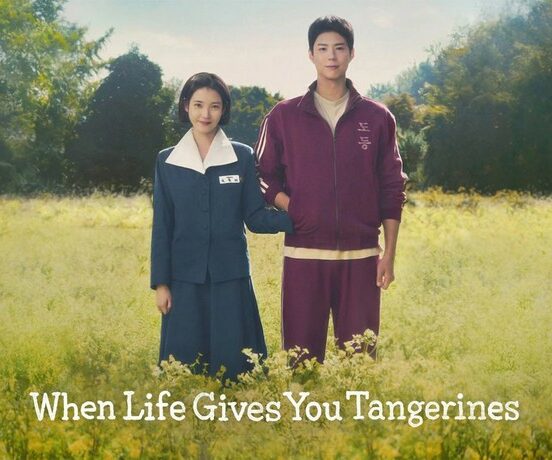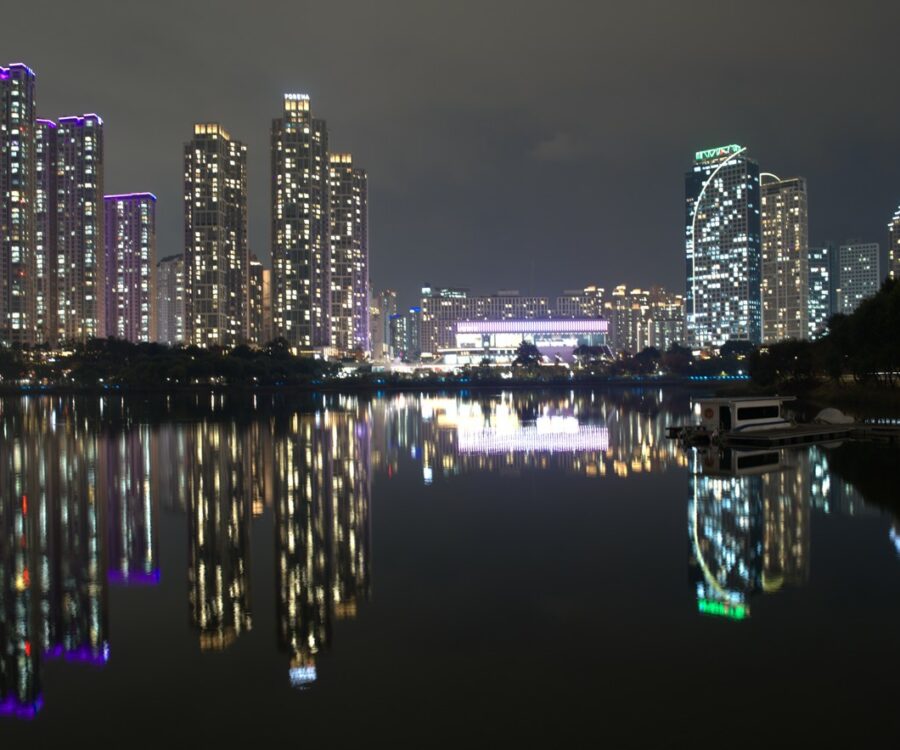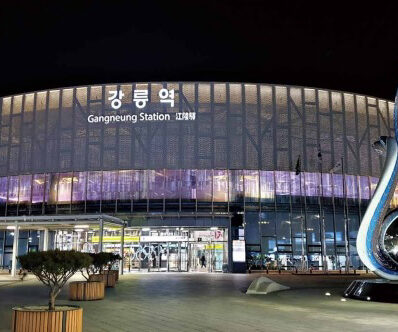If you have recently moved to South Korea and are not too sure about the housing system here, we’ve got you covered! From the housing systems, types of housing, finding a house, to useful tips, we’ll give you a comprehensive overview of what you need to know when finding a home in South Korea.
Finding a new place to live is a daunting task, and doing so in a different language is another hurdle in itself. Legality issues, especially contracts, should always be thoroughly checked to ensure that you are not being put in a vulnerable position to be cheated. All rental housing systems in Korea are done via a contract between the owner and the renter through a property agent.
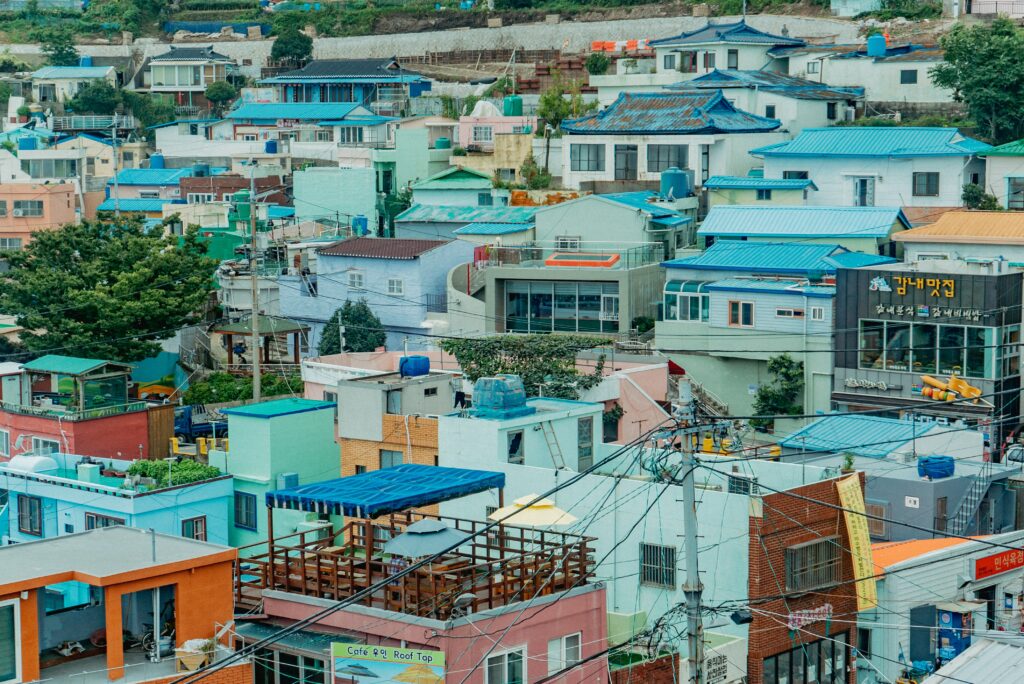
1. Wolse (월세) vs Jeonse (전세)
The first thing to note about the Korean housing rental system is that there are two types: Wolse (pronounced wol-say) and Jeonse (pronounced jon-say). The former is a monthly rental and the latter is a deposit-based rental.
The Wolse system takes in a small deposit with a monthly rental fee, with the deposit ranging from as low as $500 USD to $50,000+ USD* with monthly fees going from $100 to $1000+ USD* a month. (These ranges will fluctuate based on the location and condition of your accommodation). Rental is paid to the owner every month and you will be given your deposit in full when you move out of your home.
The Jeonse system takes in a large deposit in which the tenant does not pay a monthly rental fee. This is a system that is highly unique to Korea and many might not understand the reason behind this, especially since the deposit is returned in full at the end of the contract. The Jeonse system exists because, in the past, Korean banks offered a high-interest rate, and the monthly interest gain was higher than receiving rental from a tenant, thus the system was highly popular, especially for homeowners who were not paying back a loan.
Jeonse deposits have a varying range, usually starting from $50,000 USD to even as high as $500,000+ USD* in some buildings and locations. When signing a lease for a Jeonse rental (deposit-based), do check the Registration Certificate (등기부 등본) to see if the property owner’s name is the same as the one on the contract. This is to ensure that during any legal proceedings the property owner will be the one liable and not another person.
*Do note that these amounts fluctuate with the current property prices and is subject to changes
2. Utilities & Management Fees
Other than the rental, you will need to be paying for utilities and management fees. This is usually separate from the rent and is dependent on how much you use.
Management Fees (관리비) is a monthly fee that everyone living in the building pays for. This will contribute to a number of things, such as the electricity and heating in the common areas (corridors, staircase, elevators), security, parking management. Sometimes internet, television cable, and water bills could be part of this as well so it would be better to check.
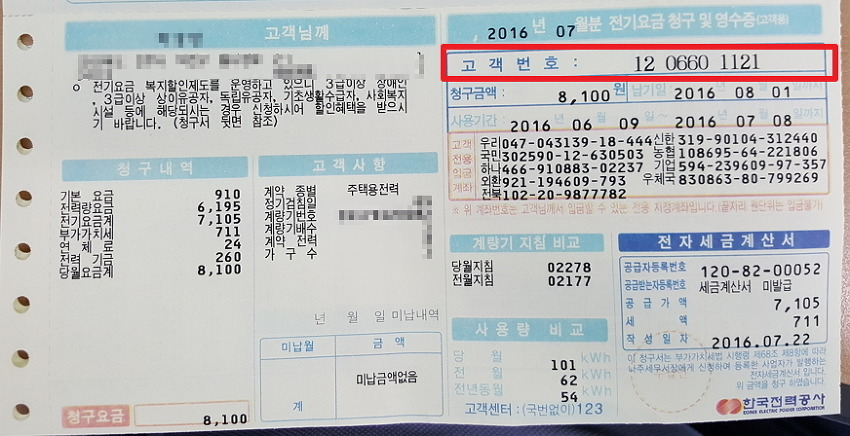
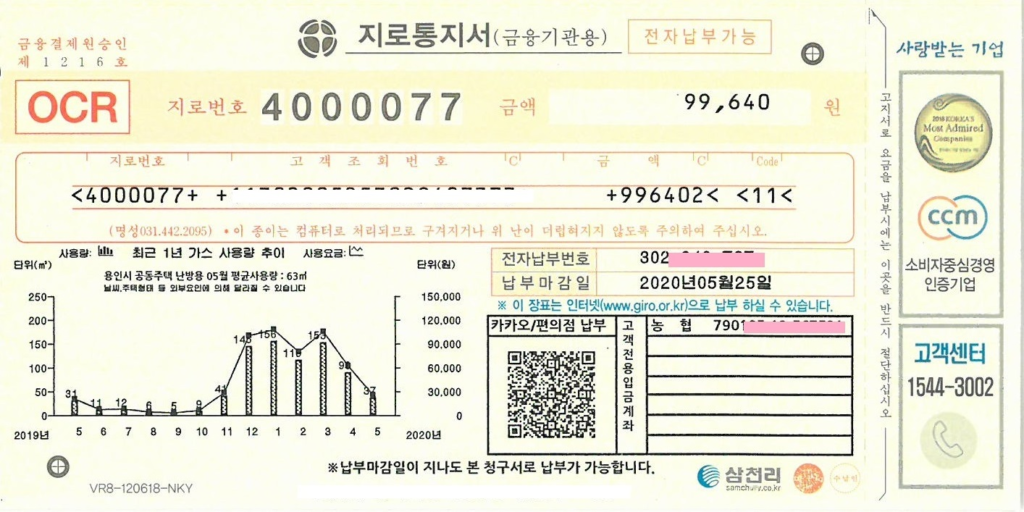
Electricity and heating (gas) is usually separate and will be billed to you via a piece of yellow paper with the details of your usage and the bank account numbers to send the money to. They should look like the pictures above. These are dependent on how much you use during your month of stay.
Other than these fees, if you require WiFi and/or television cable and it’s not part of your Management Fee, then you would have to get that separately. Sometimes water bills would be separate as well so that would also be charged to you every month or every 2 months.
It is important to check these with the agent and owner before signing the contract. This information should be clearly stated in the contract as well. Should it be promoted that everything is included in the rental fee, do ensure that all these are stated in the contract before signing. There have been cases where what was said was not written on paper and thus not enforceable.
3. Housing Types
Now to the fun part, the types of houses you can choose! With the rapid development over the past few years and an increase in price in general over the housing prices in Seoul, more buildings have been built for residential purposes. We will explain the different types of houses that can be found here in Korea and how to identify them.
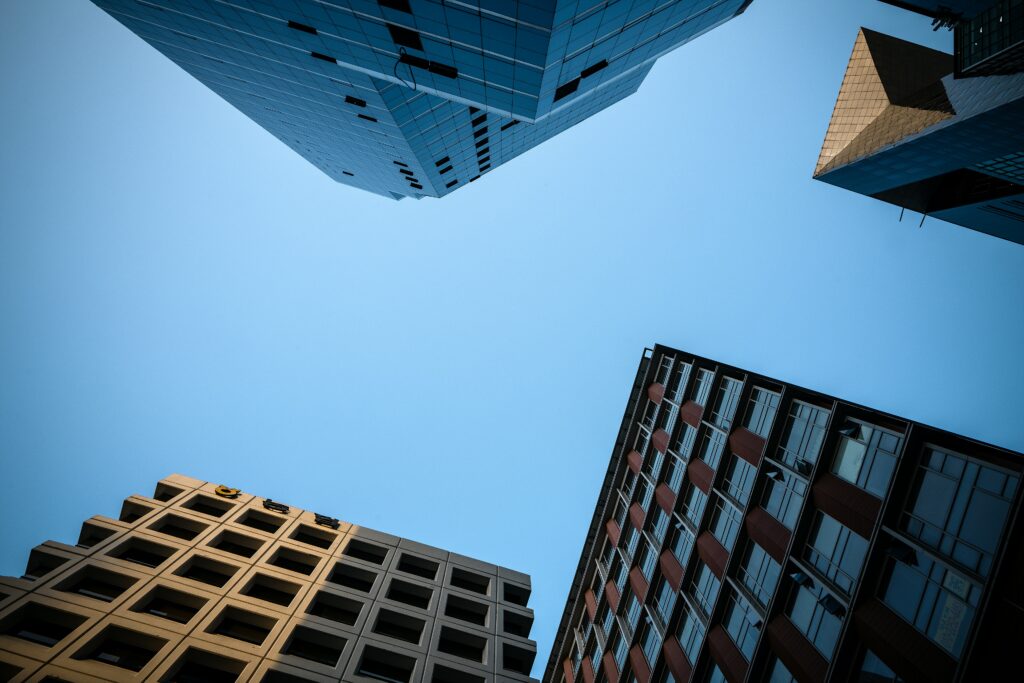
House Types
a. Apartment (아파트)

Apartments are homes in high-rise buildings within residential areas. These places are usually nearer to schools, equipped with playgrounds, parks, exercise corners, and situated near dining and marts. These are generally newer, more expensive, and suited for families with children. Apartments are a popular choice among Koreans as well as expatriates, with their utilities and parking facilities.
b. Villa (빌라)

Villas are low-rise buildings that are usually no higher than 5 stories. Many of these places will have balconies or a terrace. Older buildings tend not to have elevators so it’s important to check out the place before deciding. Villas were very popular in the past as an alternative to private houses as it was cheaper.
c. Private Houses (주택)
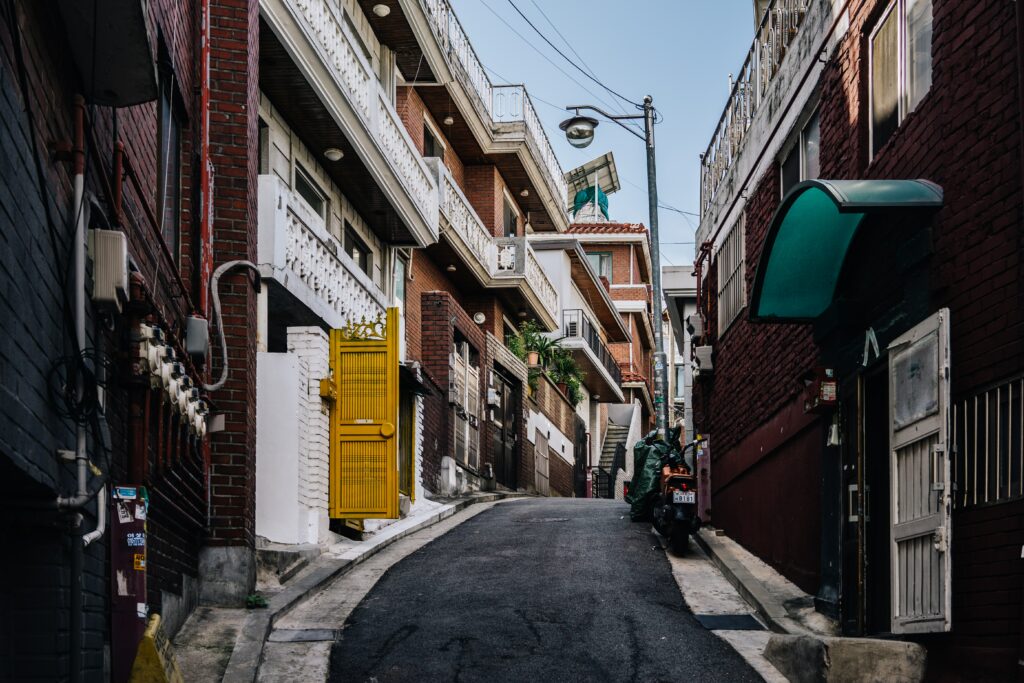
Private houses are the most expensive choice out of all the housing options available considering the exponential increase in land prices in Seoul (and most of the popular areas of Korea). Sometimes private house owners will rent out the second floor of their homes, or completely renovate their homes to have the second floor be separate from the first floor. Rooftops and basements can also be renovated to be separate.
d. Officetel (오피스텔)
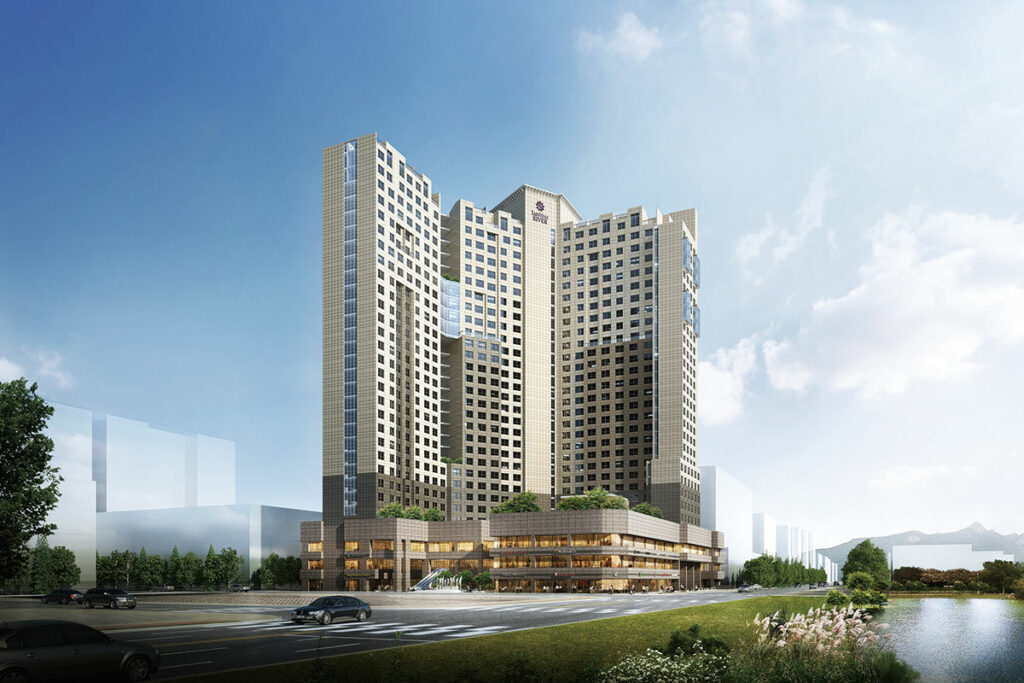
Officetel buildings are generally newer and consist of smaller rooms for people with small or no families. These rooms are usually fully furnished and equipped with appliances such as microwave ovens, refrigerators, air conditioning, washing machines, etc. They’re generally popular with students, working adults, and smaller families looking for inexpensive housing. Many newer Officetels come without beds so always check with the agent before confirming anything.
e. Serviced Residences (레지던스)
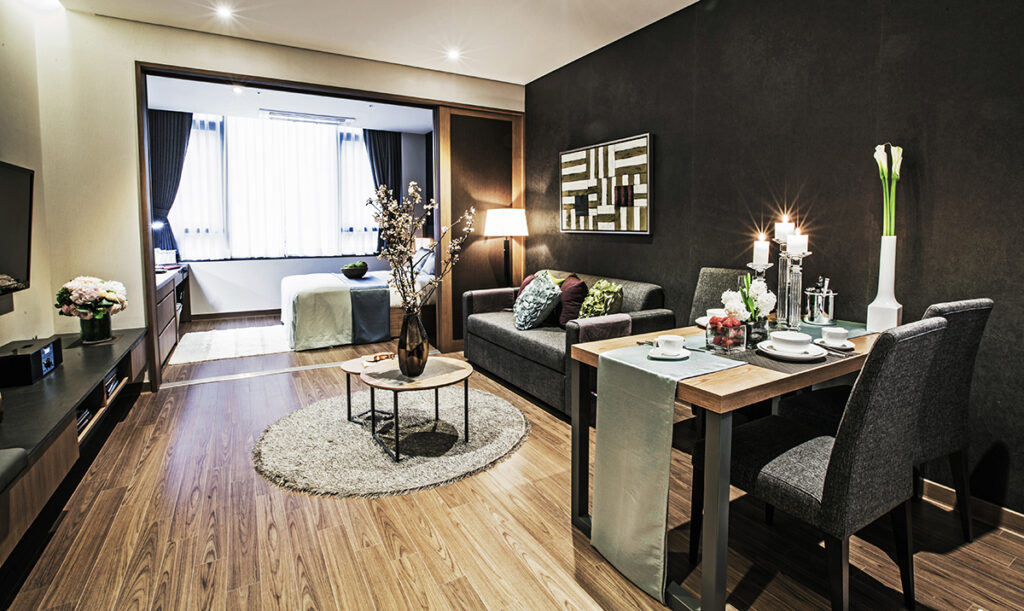
Serviced residences are fully furnished homes with everything included, mostly for expatriates or people on business. Its name is derived from the fact that these places offer services such as laundry and cleaning, similar to a hotel but for a longer-term.
Room Types
Within each housing type, there are also room types, and these are based on the sizes of these rooms and how much they can accommodate. Room types also affect the prices of the houses.
a. One Room (원룸)
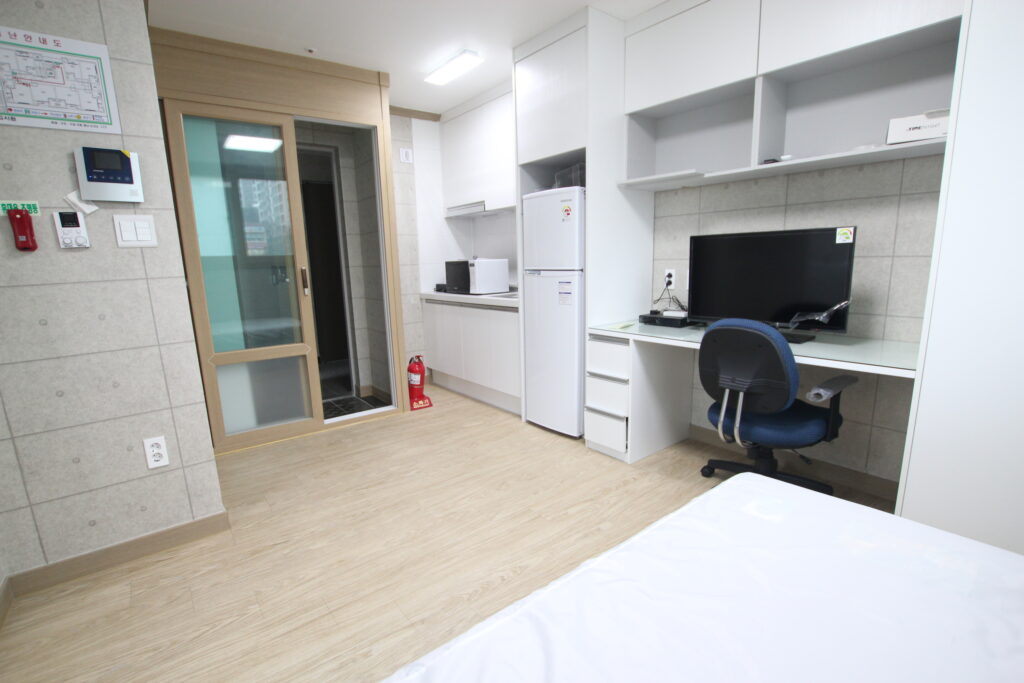
One Room, as its name clearly states, is a singular room, or a studio apartment. It can be categorized into an open studio apartment without walls (오픈형) or with the bedroom/kitchen separated (분리형). These are extremely popular with students and single working people as it comes fully furnished with a bed, desk, kitchen appliances, and a washing machine.
b. Two Room (투룸)

Two Rooms have the kitchen/living room separated from the bedroom via a wall and a door. Sometimes the kitchen/living room could be smaller with 2 separate bedrooms as well. It would have to depend on the building and allocated room size. These are relatively bigger and are places where housemates or young couples live together to split the cost of the place.
c. Loft (복층)
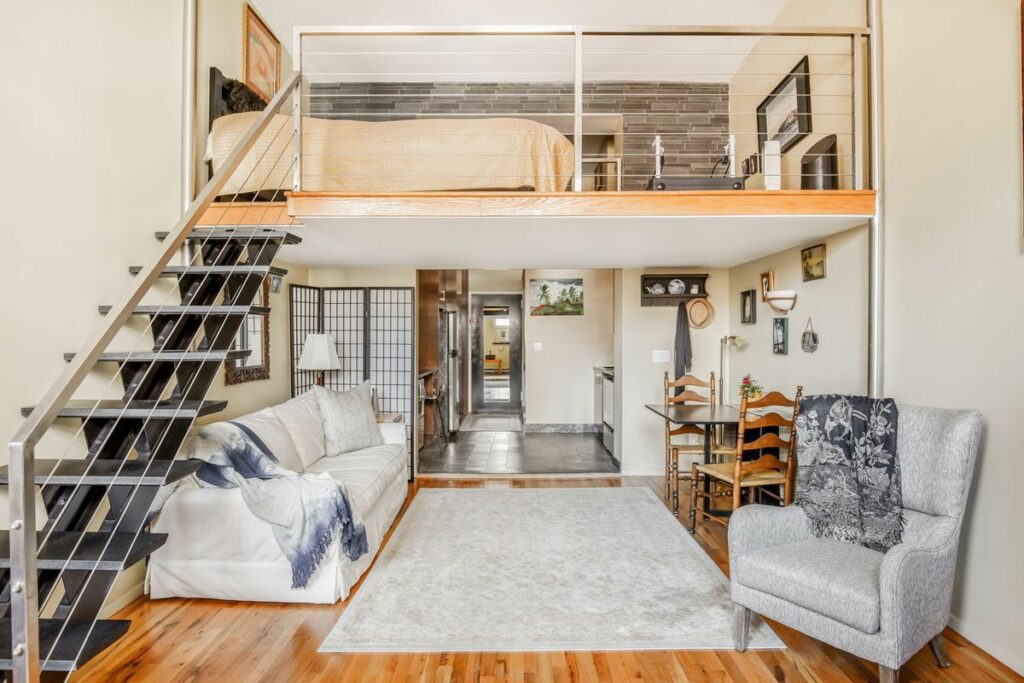
Lofts are rooms with a high ceiling and a second story (usually the bedroom) with the living room, toilet, and kitchen on the first floor. They usually cost more to maintain (heating/cooling during extreme weather) due to the larger space but are more comfortable due to the separation of sleeping/living spaces.
d. Rooftop (옥상) / Basement (반지하)
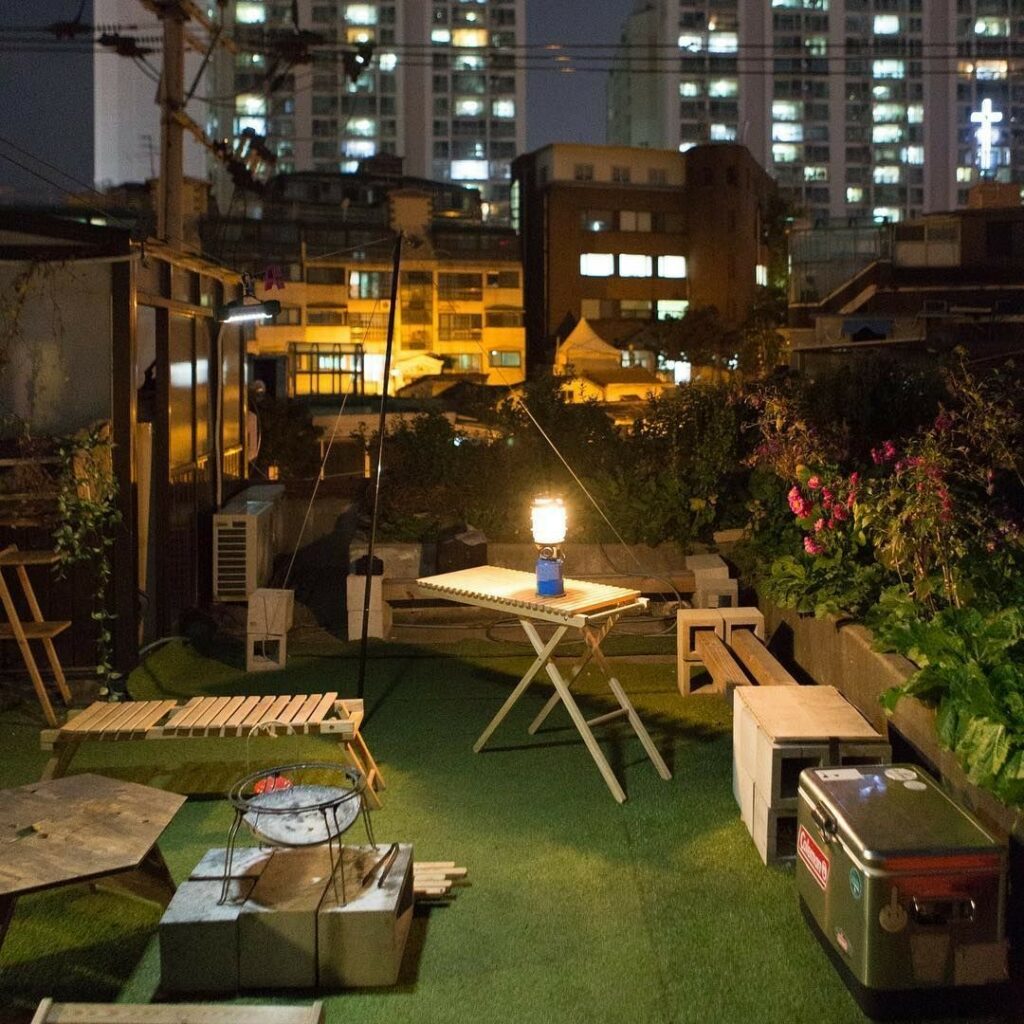

The types of rooms are often depicted and romanticized in K-dramas – Rooftop homes as well as basement homes. These two are well-known to be cheaper than other rooms because they have a few cons that other rooms do not have.
Rooftops – These rooftop rooms were generally storage units in the past that were converted into living spaces. The rooftop veranda is sometimes used for drying laundry and has been romanticized many times in K-dramas and movies for barbecue parties and beautiful night sceneries over a can of beer. However, rooftop rooms are also known to be particularly hotter than most during summer (due to direct sunlight on all 4 walls), and particularly colder during the winter (due to direct winds and lesser wall insulation).
Basements – These are actually known as “half basements” in Korean and were also seemingly used as storage spaces in the past. Being underground, it’s known to be more susceptible to mold growth during the summer when it gets humid and insects during spring. These rooms are usually very small and might sometimes have a strong smell of drainage and flushing issues.
4. Finding Your Home/Agent
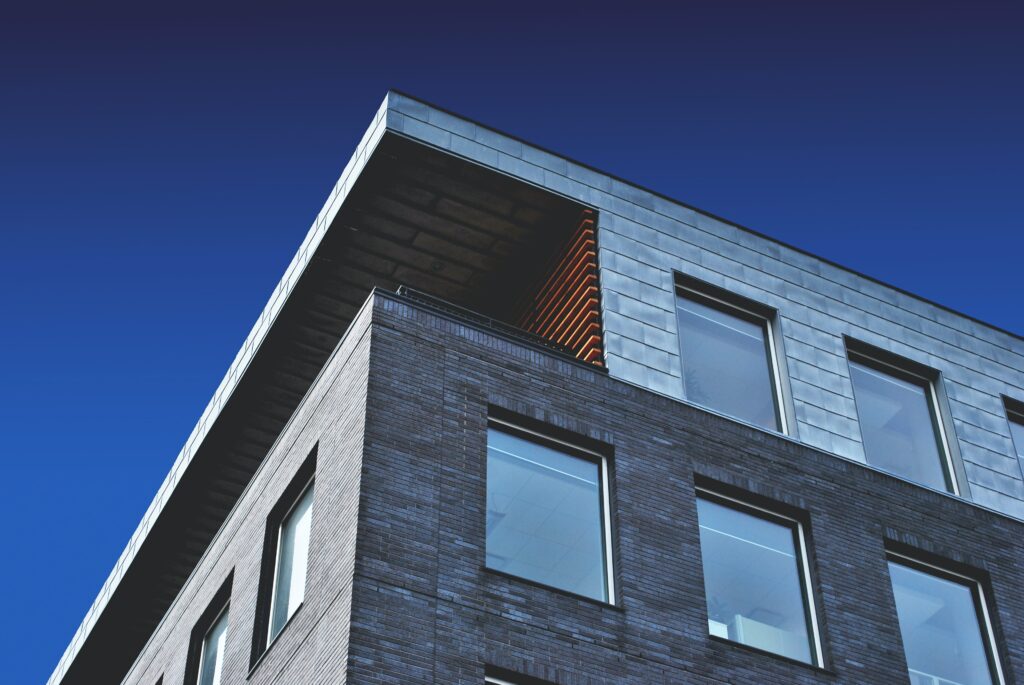
There are a few ways you can find a home/agent that can help you. One way is to search for property agents (부동산/중개소) near the area in which you wish to find your home and state your budget and requirements for a home and let the agent show you what they have available. After which, you may choose to sign a contract with them or look elsewhere for another agent.
Another way to find a place would be through apps such as Zigbang (직방) or Dabang (다방). More platforms have begun appearing as well such as Peter Pan, in which agents are banned from posting on them and you can find people who wish to get someone to take over their listing. Naver is also another platform that you can search. Download these applications onto your phone, type in your desired location, and search for rooms in the area. Most property agents would have uploaded images, detailed information about the rooms as well as contact information so it would be relatively easy to contact them after finding the rooms you wish to view.
When you sign a contract with the agent, you will be asked to pay the agent commission (중개수수료) which can be calculated using this cheat sheet.
| Housing Type | Transaction Amount | Commission Rate | Limit |
| Residential Homes | Under 50,000,000won | 0.5% | 200,000won |
| Residential Homes | Between 50,000,000won to 100,000,000won | 0.4% | 300,000won |
| Residential Homes | Between 100,000,000won to 300,000,000won | 0.3% | None |
| Residential Homes | Between 300,000,000won to 600,000,000won | 0.4% | None |
| Residential Homes | Above 600,000,000won | 0.8% (Nego) | None |
| Officetel | 0.4% |
The transaction amount for rental would be calculated as follows:
- Above 50,000,000won: Deposit + (Rent x 100)
- Below 50,000,000won: Deposit + (Rent x 70)
- Commission would be calculated as the Transaction Amount x Commission Rate
For example, should you have a place which you rented for 20,000,000won deposit and 500,000won rental, the entire transaction amount would be 20,000,000won + (500,000 x 100) = 70,000,000won. This is considered between 50,000,000won and 100,000,000won so the commission rate would be 0.4%, resulting in a 280,000won, which is below the limit of 300,000won.
Another example of a place with 10,000,000won deposit and 300,000won rental, there would be a transaction amount of 10,000,000won + (300,000 x 70) = 31,000,000won thus the commission rate of 0.5%, resulting in 155,000won, also under the limit of 200,000won.
5. Tips You Should Remember
- By law, once your contract is signed, your landlord is not allowed to change the price of your rental fee, so know your rights when dealing with certain landlords.
- Once your contract ends, you’re supposed to get your deposit/key money back, however there have been cases in which landlords drag the payment until a new tenant has moved in and paid the deposit to pay you back.
- Should you ever have any issues with your housing payments and/or deposit, you may visit the Seoul Global Center for legal advice regarding your contract/home.
- Always check, double check and triple check your contract. If you are not fluent in Korean, bring a Korean friend along to look through your contract before signing off.
- Finding a home can be very exciting but also a tedious and tiresome process if not done properly and could also bring about problems in the future.

